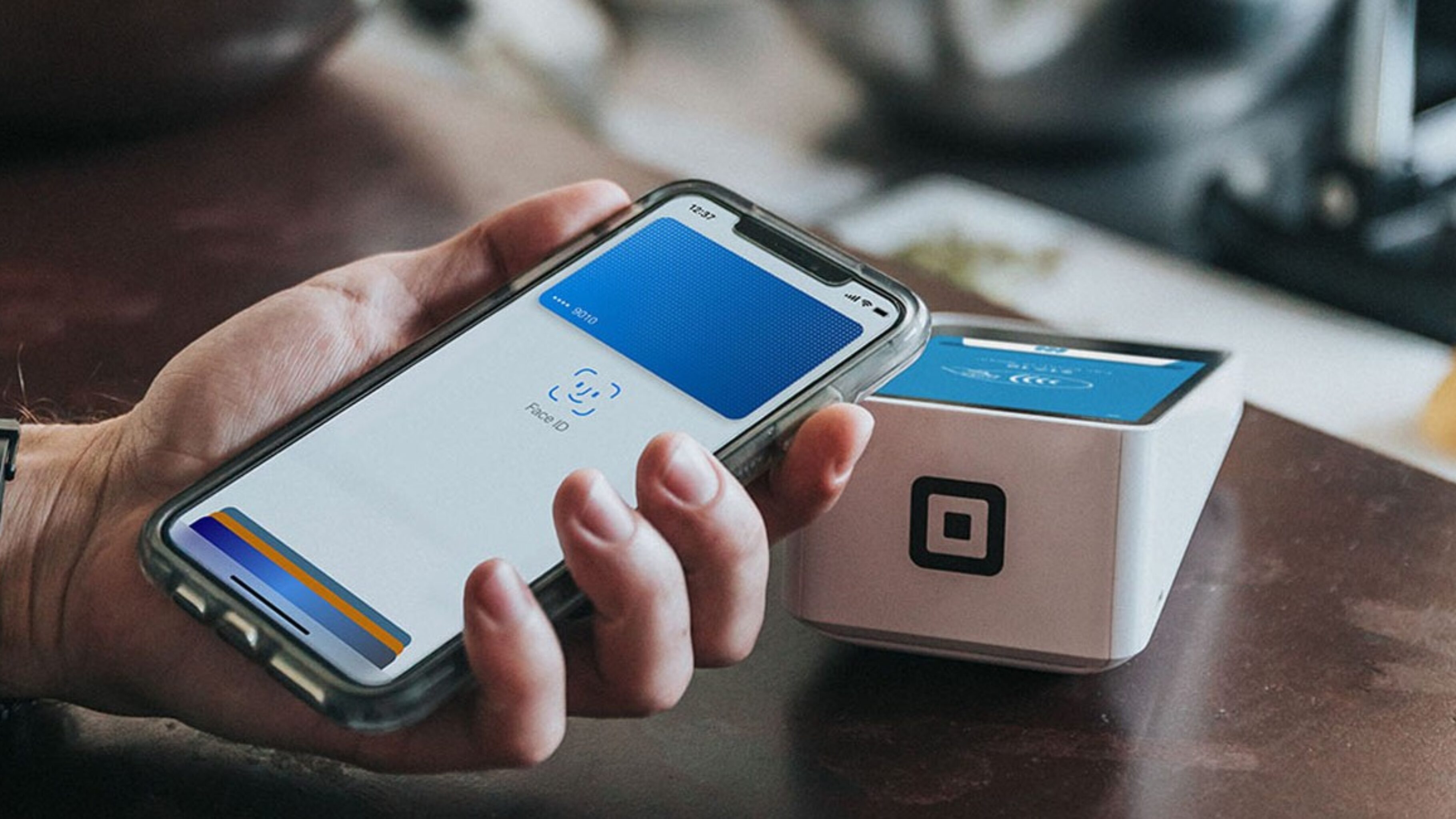Apple Pay, is the latest in innovative technology, designed to provide you the consumer with maximum convenience, when it comes to how you pay for things. That convenience comes in the form of making your payments with a single touch. Available as of October, in the US, Apple Pay is a contactless payment technology built into the device many of you carry around every day-your phone, or rather your iPhone. Your iPhone 6, to be precise. This revolutionary technology has only been made available as a feature of the latest iPhone. It is, however available on the Apple watch, for those wishing to make faster payments and fashion statements all at the same time. At the moment this new digital wallet is only available in the United States.
So how does it all work? It’s incredibly straightforward. The near field communication antenna, built into the iPhone 6, acts as a sort of carrier, transferring over your information when your iPhone is held (with touch ID held down) near a merchant’s contactless reader. You will know whether a merchant has a contactless reader at its checkout, by the presence of a specific checkout icon. Whereas in the past contactless payment required apps, the new system works in one single motion. You just hold down touch ID, then swipe past contactless reader. It could not be simpler. A subtle vibration and beep, lets you know that your transaction has been completed.
With Apple Watch, just double-click the button below the Digital Crown and hold the face of your Apple Watch near the contactless reader.
On the iPhone, you can also use Apple Pay to pay with a single touch in apps. Whereas before your checkout experience required passwords, confirmation of identity or even multiple field entry, now you can shop online via your favourite app and simply select Apple Pay at checkout level, to complete your payment. This is huge news for E-commerce site owners with whom this new technology is sure to be massively favoured. Whereas previously, checkout stages have provided E-commerce site managers with the headache of high drop off rates and incomplete sales due to the tedium of multiple transaction steps, Apple Pay obliterates this issue.
To set up Apple Pay, you will need to add your card details to the Passbook app, already on your home screen. You can do this by copying the card details already connected to your iTunes account and then entering in your security code, or you can enter an entirely new card via your insight camera, or by typing in the details manually. The first card you add automatically becomes your default payment card, so bear this in mind. Most major credit and debit cards are accepted, including AMEX and Visa. Although, Visa will not bring Apple Pay into effect in the UK, or indeed Europe, until 2015. Visa is structurally integral to Apply Pay taking off outside Europe, given the extent at which it has embraced contactless payments. Visa say that they are working closely with Apple to bring this new service to the market in Europe.
Now for the real selling point of this whole concept. Yes, the one motion payment idea is great, but the security that this technology allows for is truly amazing. Unlike when you pay normally with credit or debit card and your details are visible, With Apple Pay, instead of using your actual card numbers when you add your card, a unique Device Account Number is assigned, encrypted and securely stored in your Secure Element. The Secure Element is a microchip in the bones of your iPhone and Apple watch. When you make your transactions, online or in-store, it is your device account number and a transaction-specific dynamic security code, not your card details that are used to process your payment. Your card details are never shared with the merchant. This is the security of the most advanced kind. Furthermore, if your phone is ever lost, you can use the find my iPhone app to put your phone into a lost mode and to even wipe your entire phone’s data remotely.
Furthermore, Apple doesn’t store your recent transactions. They cannot be traced back to you in any way. An overview of recent activity is kept in your passbook, for your viewing pleasure, but this is intended to be used for your own personal bookkeeping.
With its acceptance in over 220,000 stores and counting, Apple Pay could not be a more convenient means of making payments. While those who favour bricks and mortar stores and more traditional shopping experiences, may still prefer to use credit and debit card payments, those who shop online will no doubt consider Apple Pay a real breakthrough. For those already well versed in the language of online and mobile payments, the setup of Apple Pay will not be cumbersome and the quickness and ease of payment it offers, not to mention the added security benefits will surely prove popular.
The bad news is, that for those of us locked in 1-2 year mobile phone contracts, accessing Apple Pay will have to be put on ice. At the moment the service is only available via an iPhone 6 and there are no plans to extend the technology to other devices. For those lucky enough to own the latest model, this new payment process should be adopted and enjoyed.








